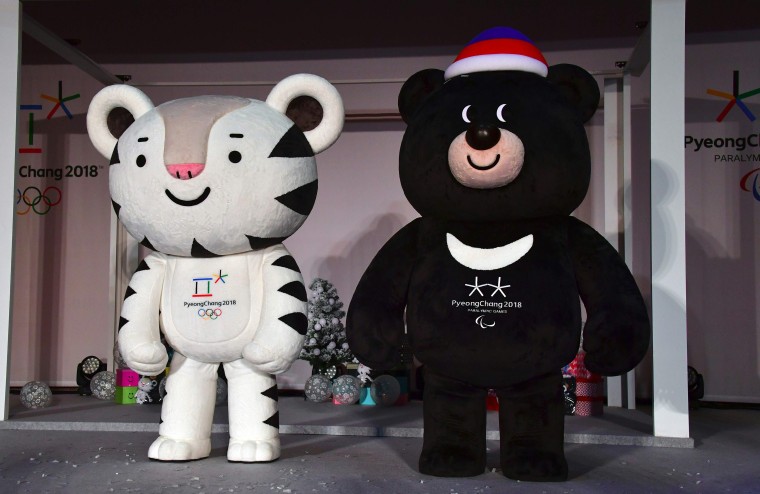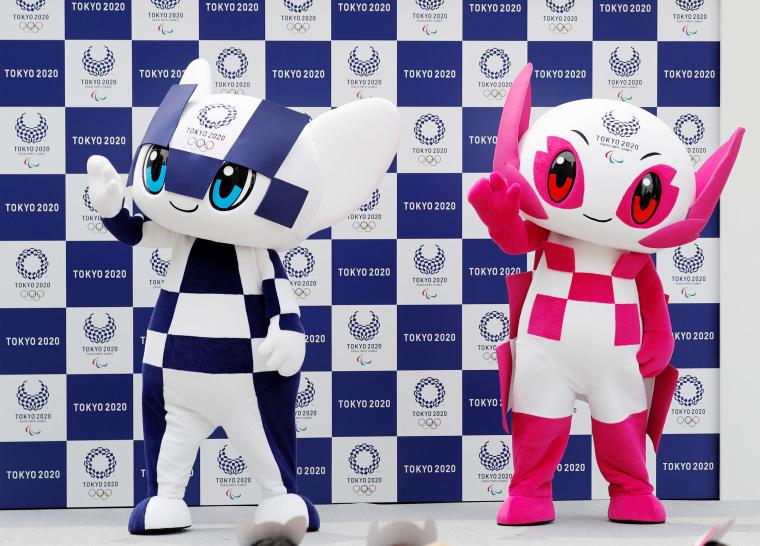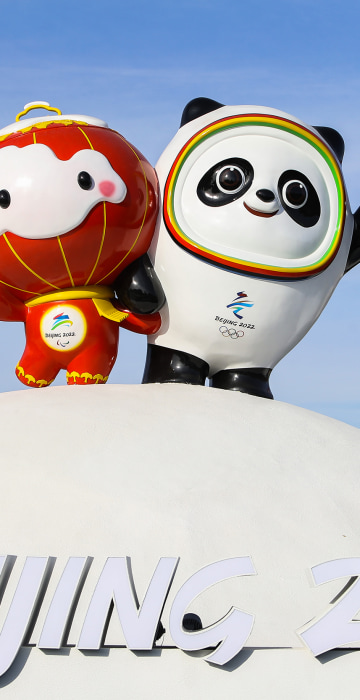
Sports
A look at all the Olympic mascots throughout the years
Meet the madcap mascots of the Olympic games, from 1968 until today.
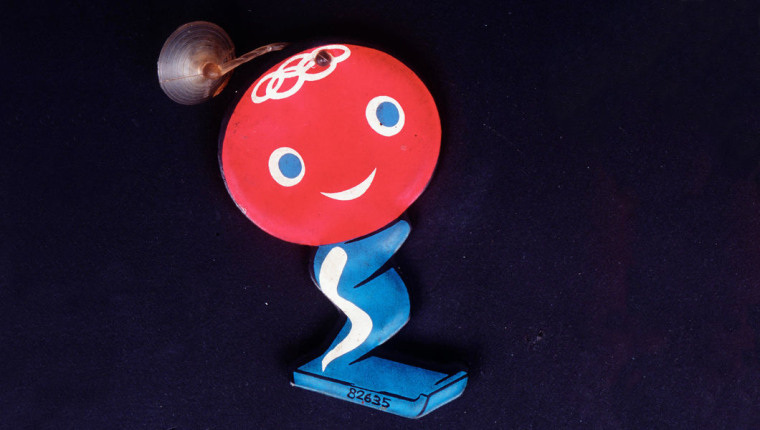
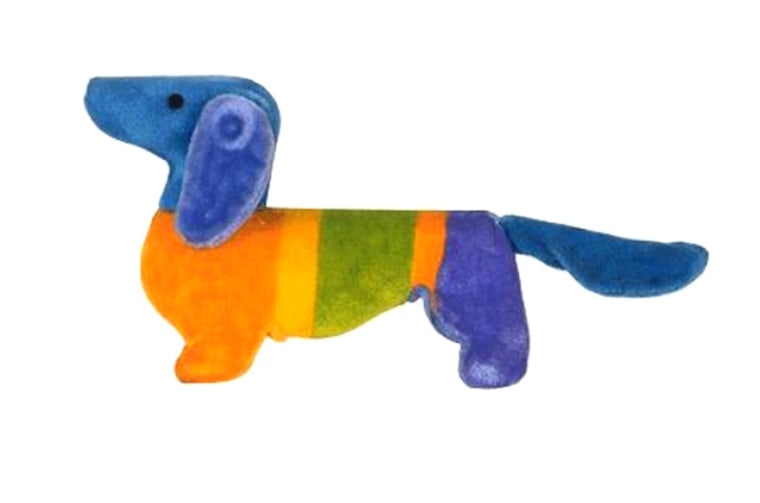
Waldi - 1972 Summer Olympics in Munich, Germany
The first official Olympic mascot was Waldi, a dachshund who appeared in the 1972 Summer Olympics in Munich. The dog represented the attributes required for athletes: resistance, tenacity and agility, according to Olympic.org.
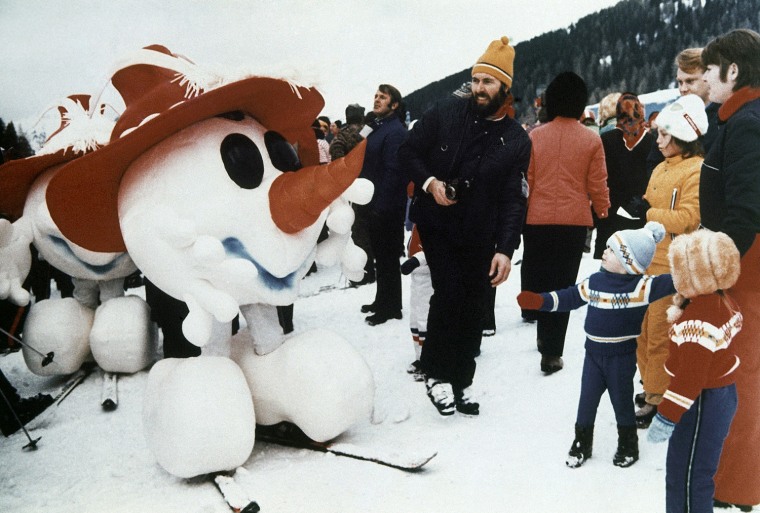
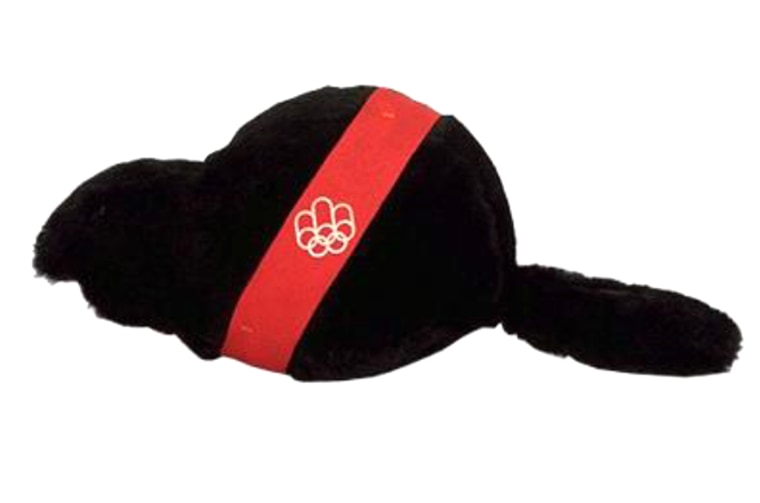
Amik - 1976 Summer Olympics in Montreal, Canada
A national competition was held in Canada to find a name for this Olympic mascot. Amik, meaning beaver in Algonquin, the language of the North American Indians in Canada, according to Olympic.org. A beaver was chosen because it is the national symbol of Canada.
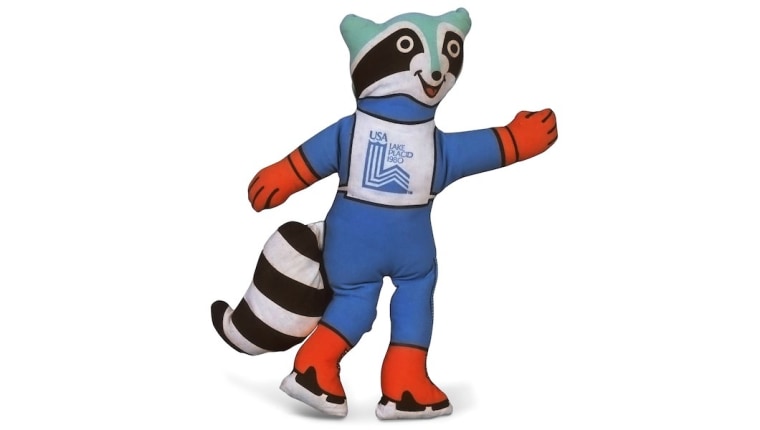
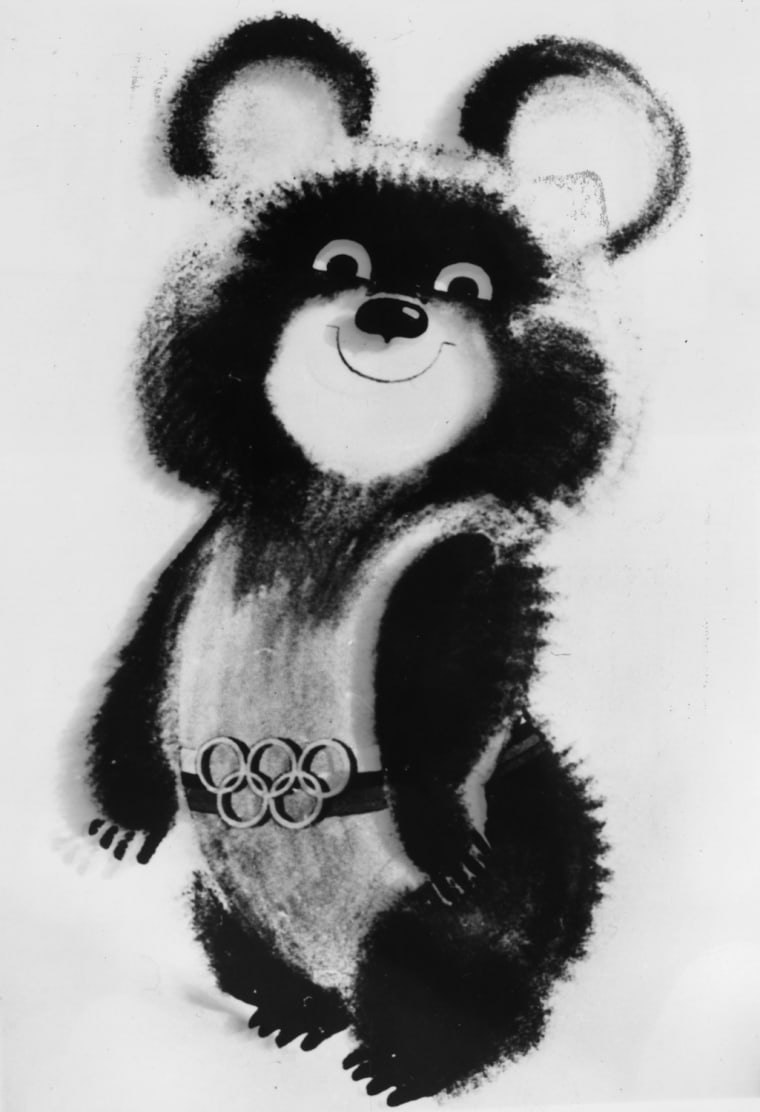
Misha - 1980 Summer Olympics in Moscow, Russia
Misha, a bear whose full name is Mikhail Potapych Toptygin, is a popular character in Russian fairy tales and stories, according to Olympic.org.
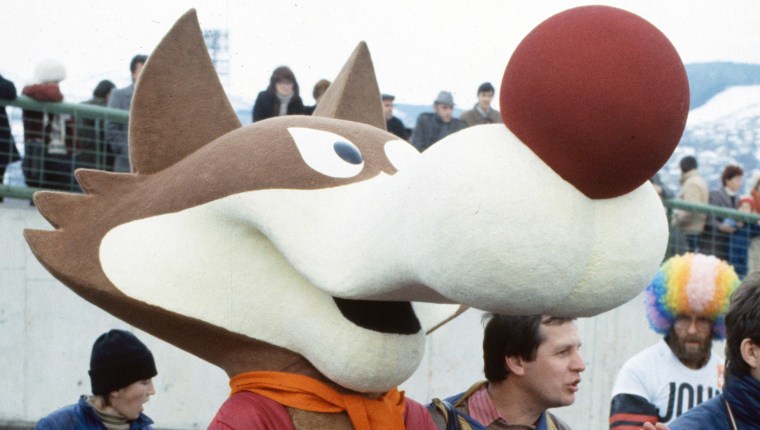
Vucko - 1984 Winter Olympics in Sarajevo, Bosnia-Herzegovina
The 1984 Winter Olympics mascot was a wolf, an animal that is typically found in the forests of the Dinaric Alps region, according to Olympic.org. He symbolized the desire of humans to befriend animals.

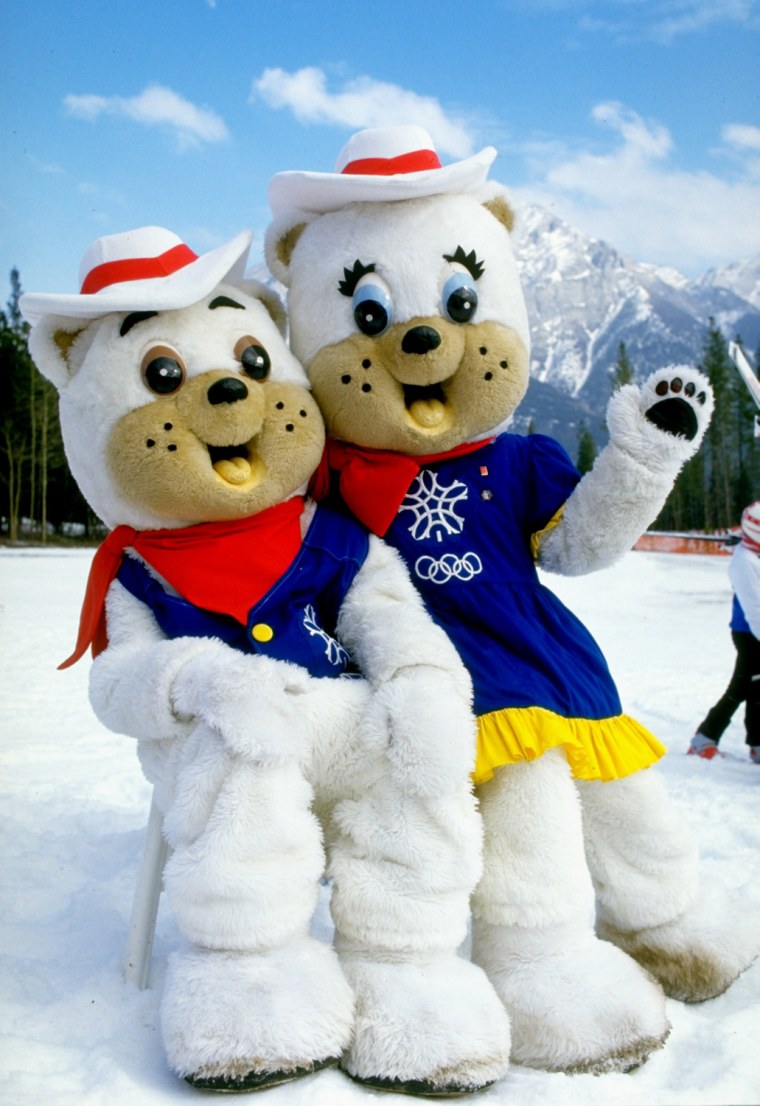

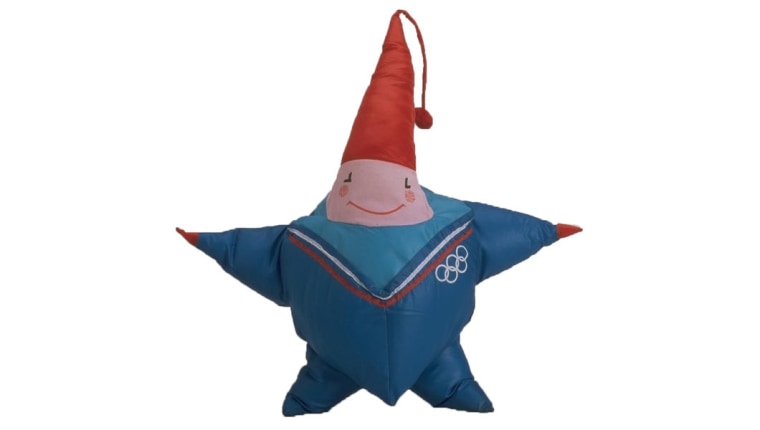
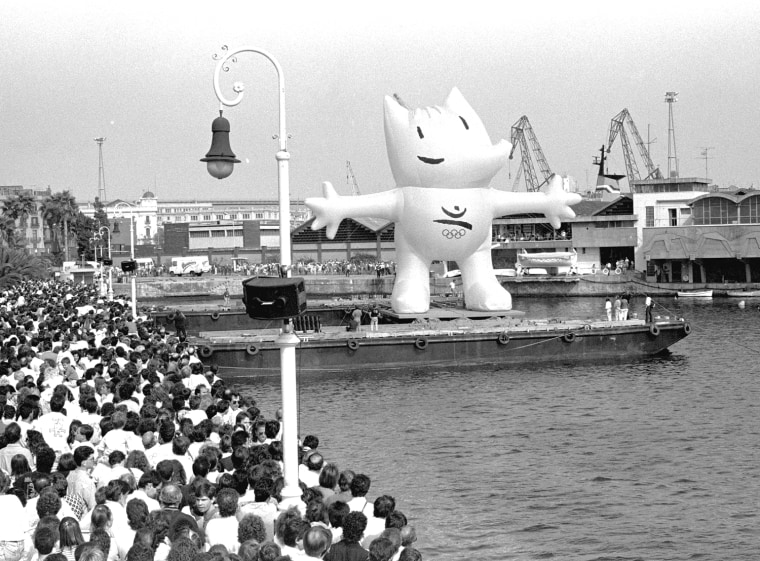
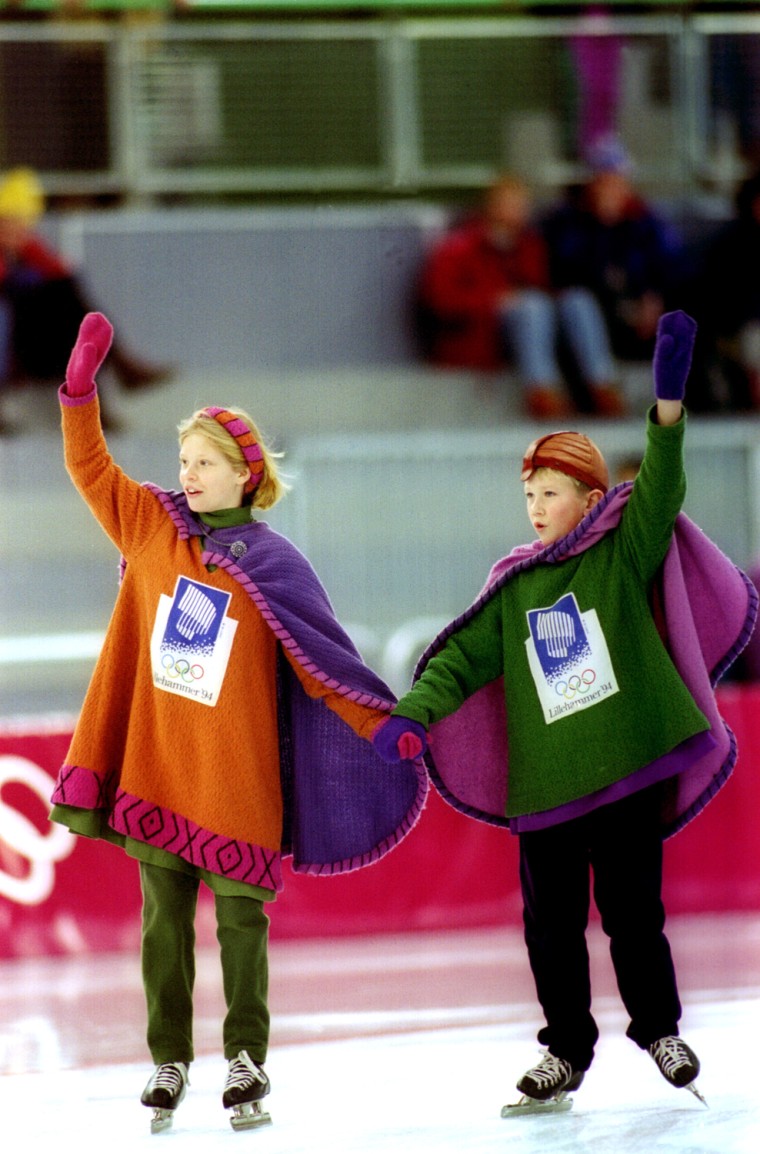
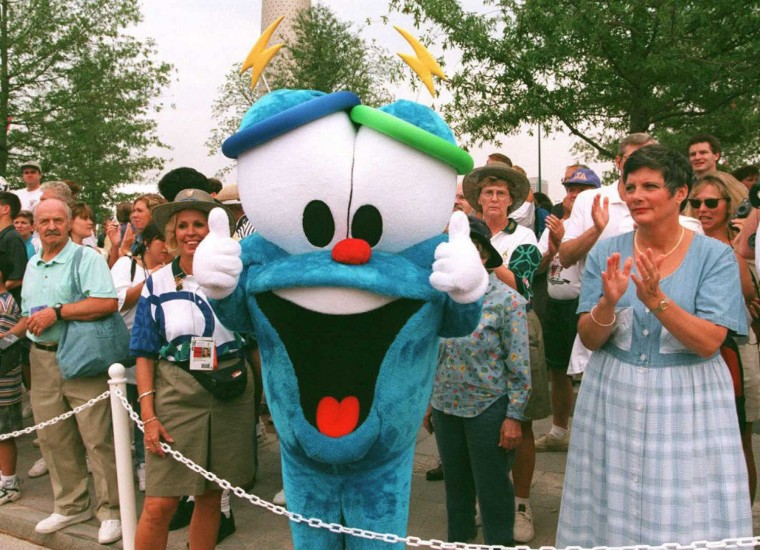
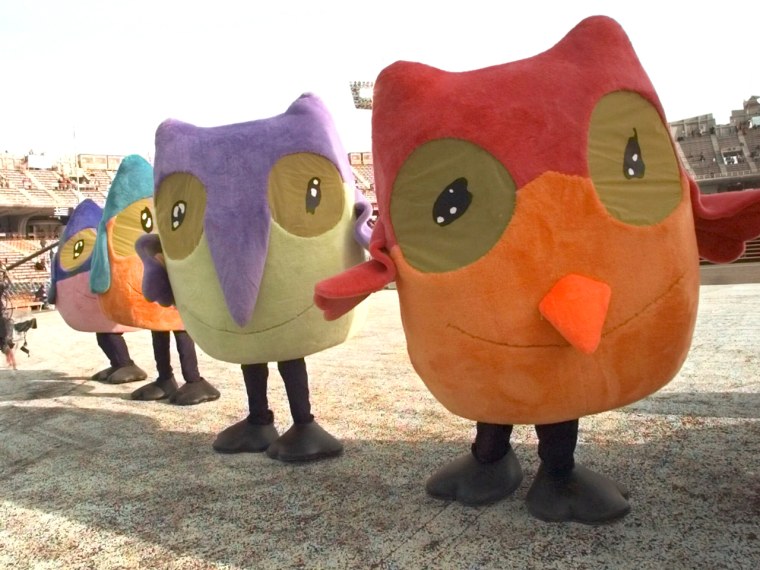
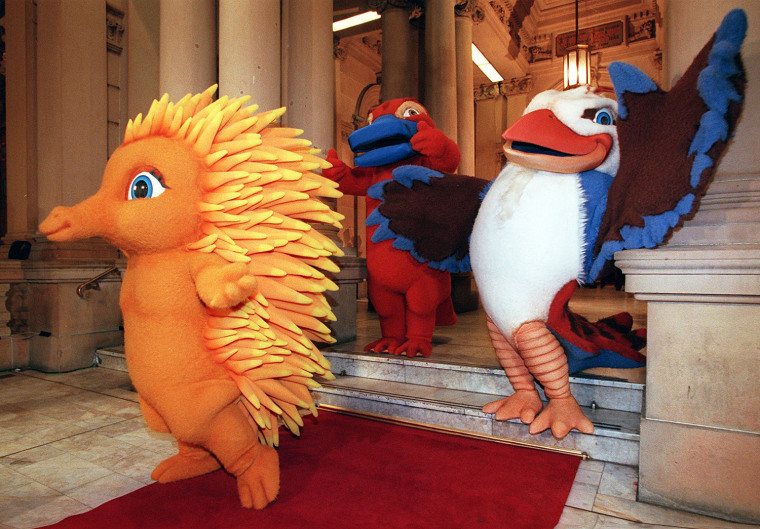
Syd, Olly and Millie - 2000 Summer Olympics in Sydney, Australia
Syd was a duck-billed platypus, Olly was a kookaburra and Millie was a spiny anteater. They symbolized water, air and earth. Syd was a reference to Sydney, Olly to the Olympics and Millie to the new millennium. It was 2000, after all!
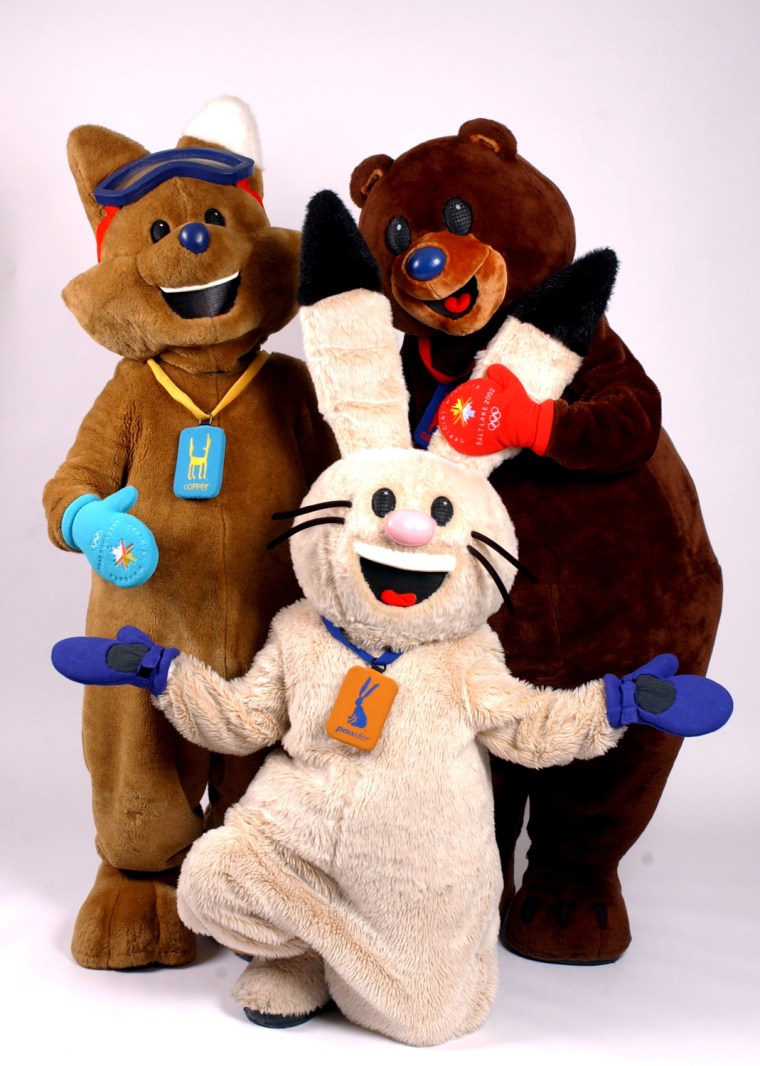
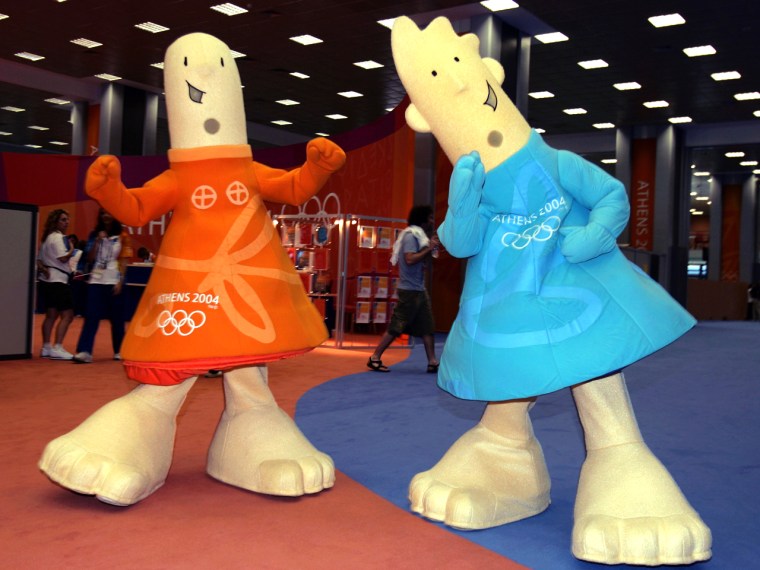
Athena and Phevos - 2004 Summer Olympics in Athens, Greece
Athena and Phevos were the mascots of the 2004 Summer Olympics, held in Athens, Greece. "Their creation was inspired by an ancient Greek doll and their names are linked to ancient Greece, yet the two siblings are children of modern times," according to Olympic.org.
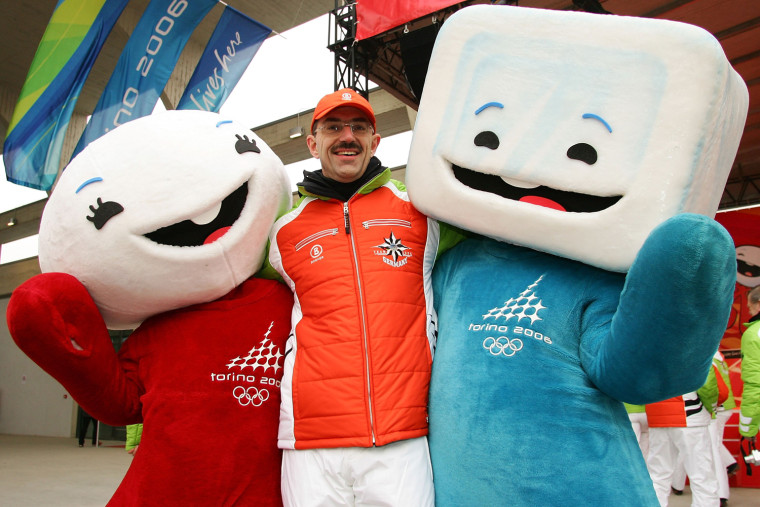
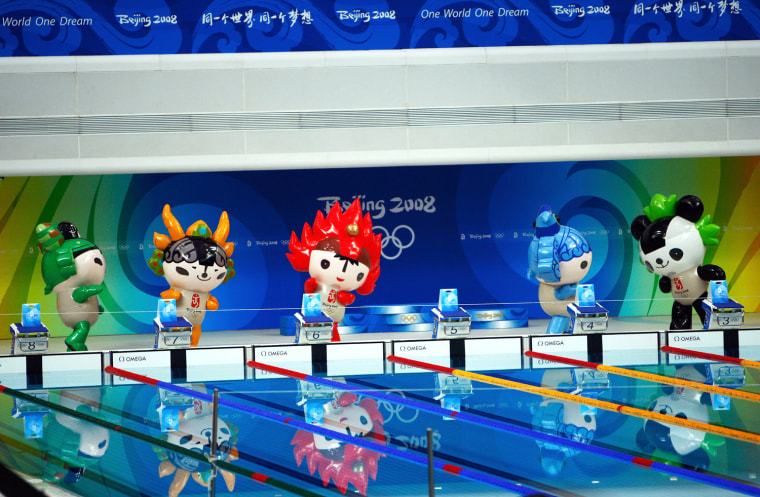
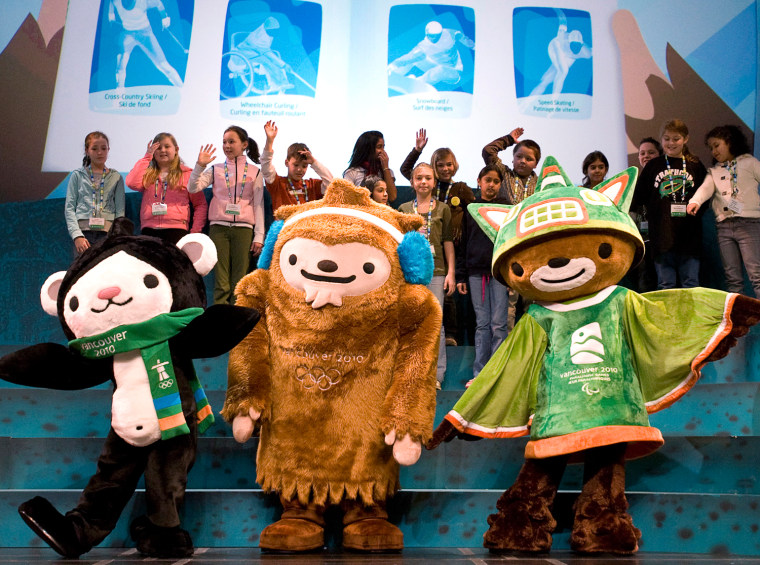
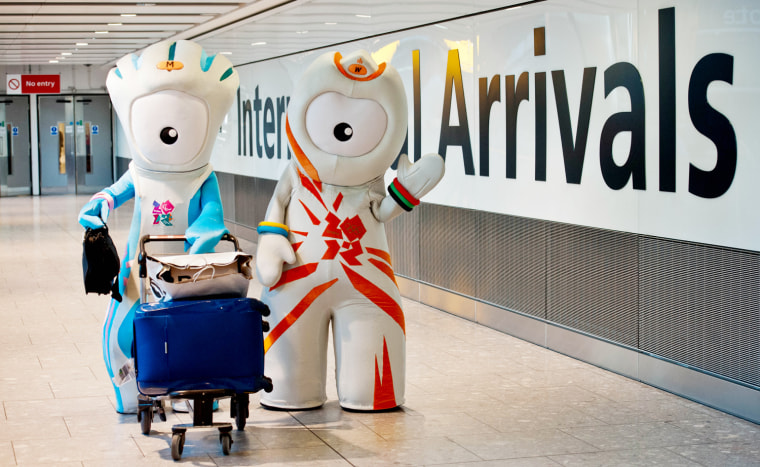
Wenlock and Mandeville - 2012 Summer Olympics in London, England
Wenlock and Mandeville, the official mascots for the 2012 Summer Olympics and Paralympics in London, were meant to resemble the Olympic stadium itself. They each have one large eye, and the yellow lights on their heads symbolize London's taxi cabs.
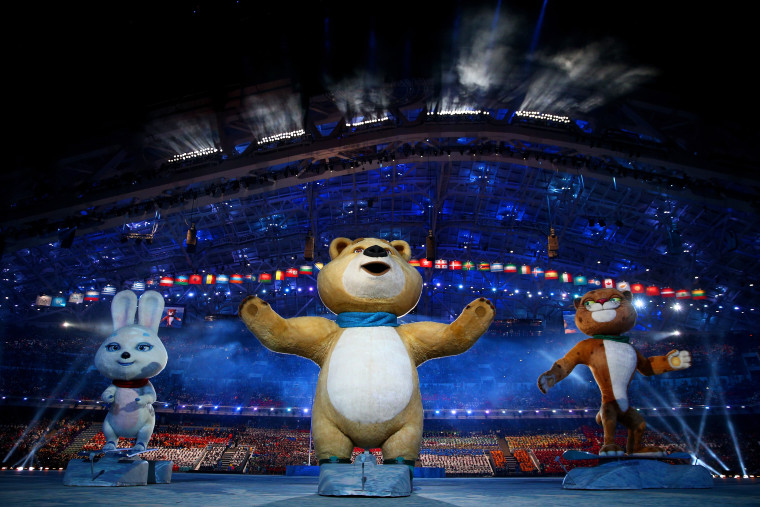
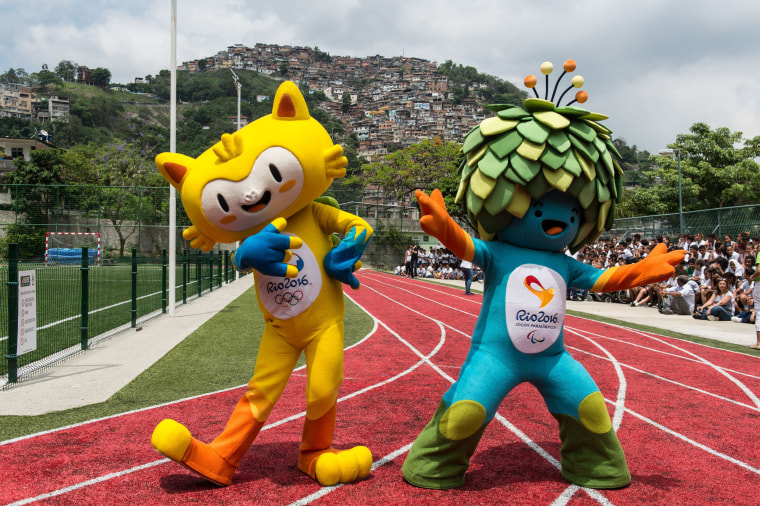
Vinicius and Tom- 2016 Summer Olympics in Rio de Janeiro, Brazil
Rio's Olympics mascot was a yellow cat-like creature named Vinnicus, and the mascot for the Paralympic games was Tom, a blue-and-green figure whose head is covered with leaves. They represented Brazil's rich fauna and wildlife, and their names were chosen to honor musicians Vinicius de Moraes and Tom Jobim.
